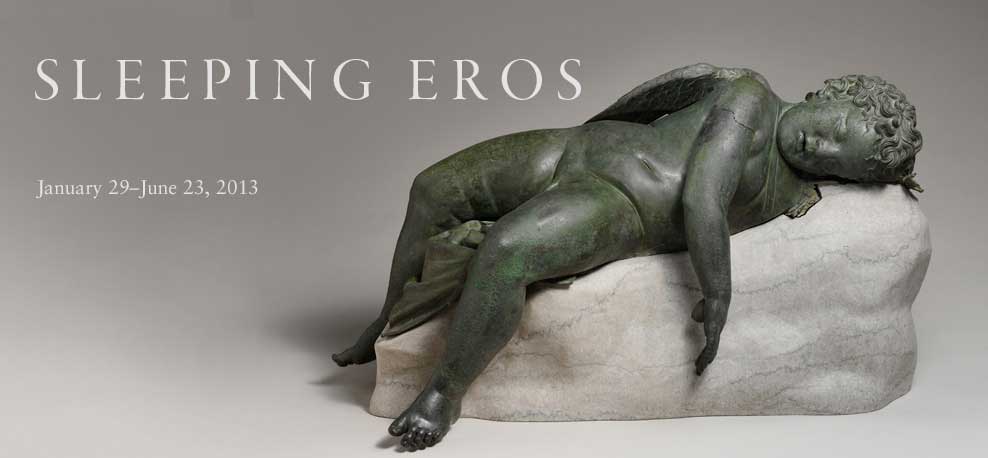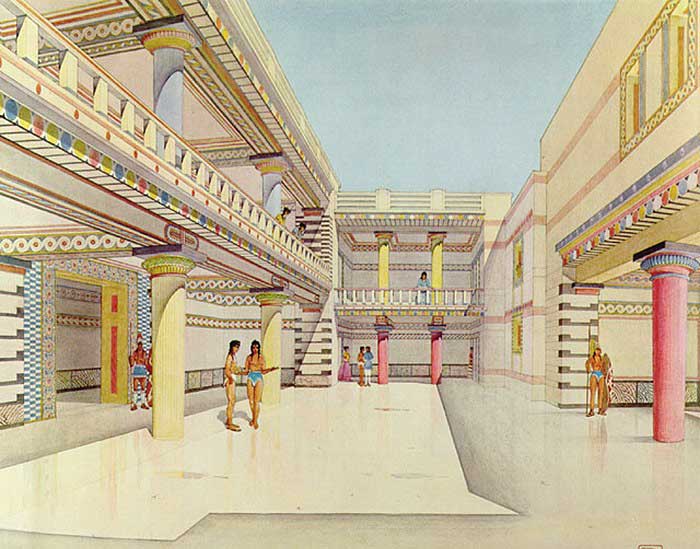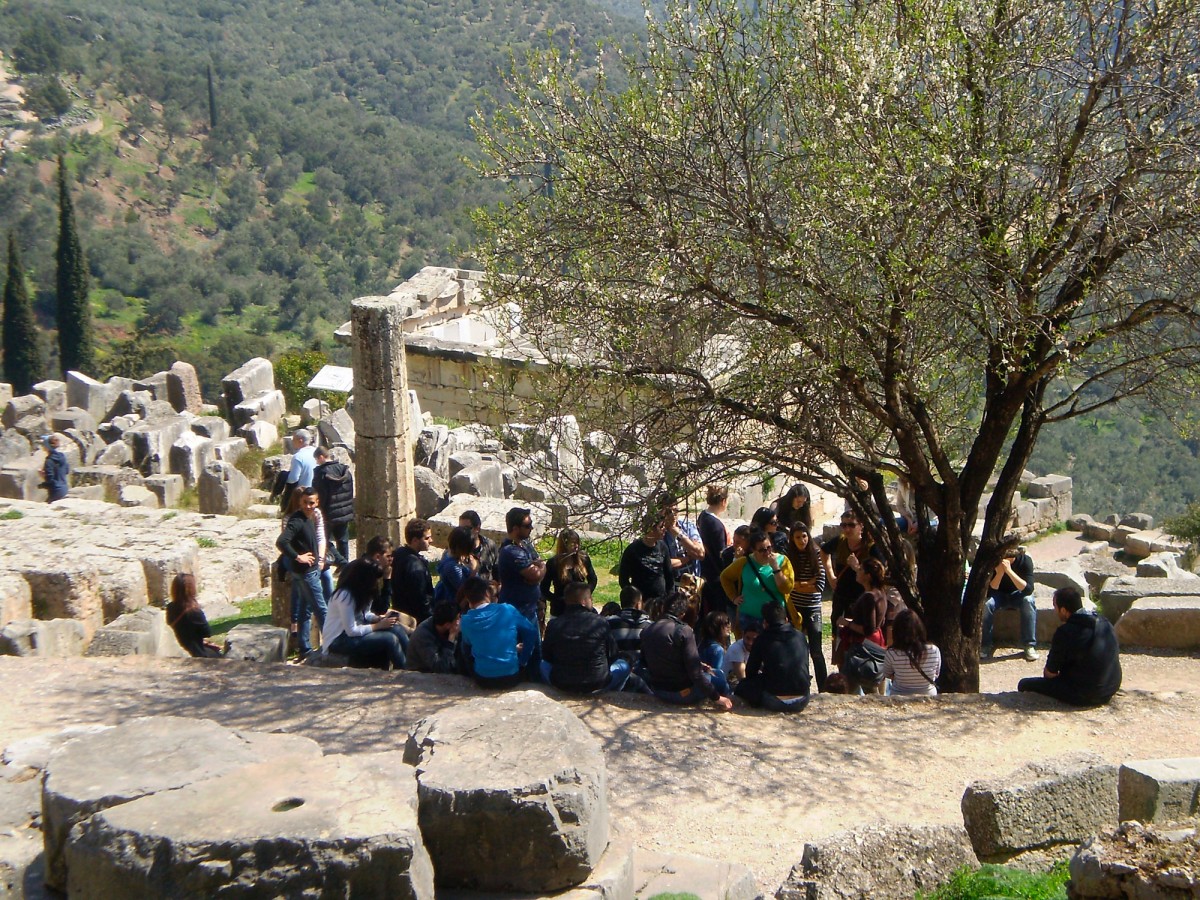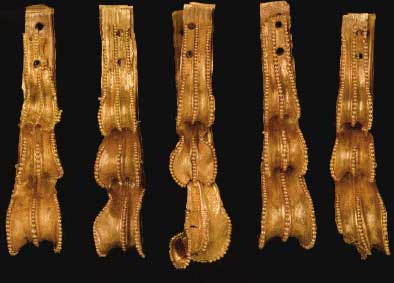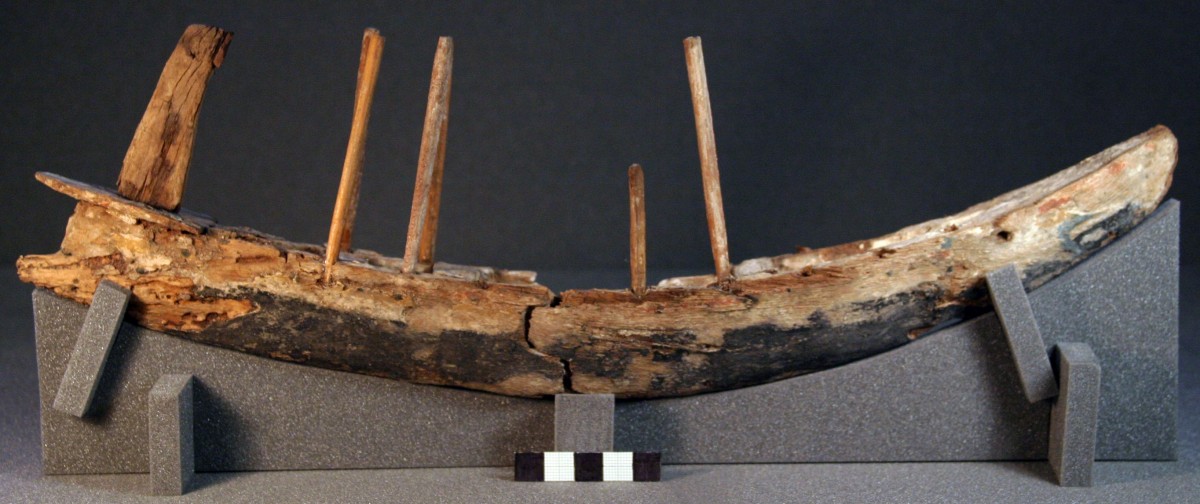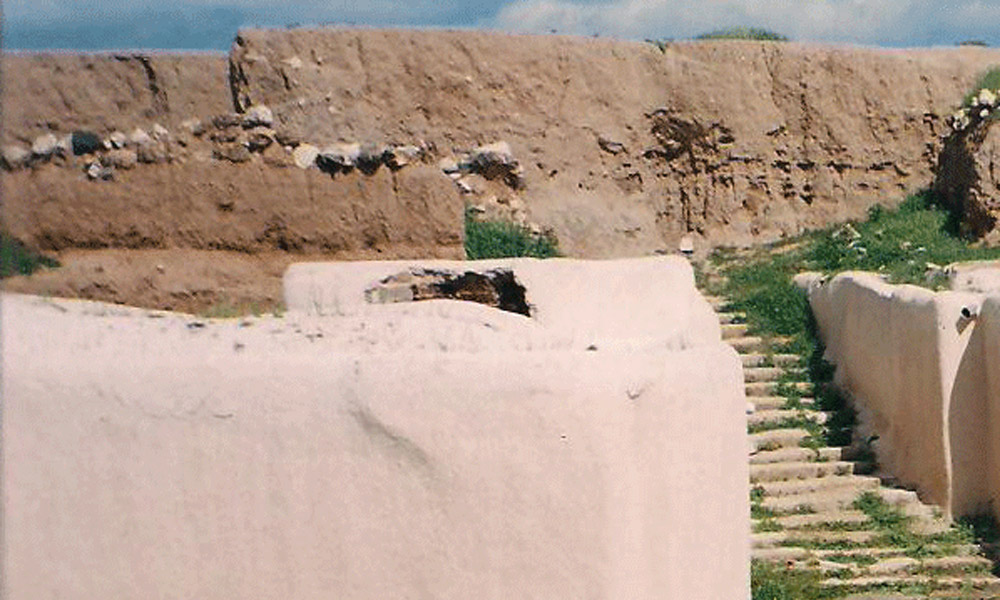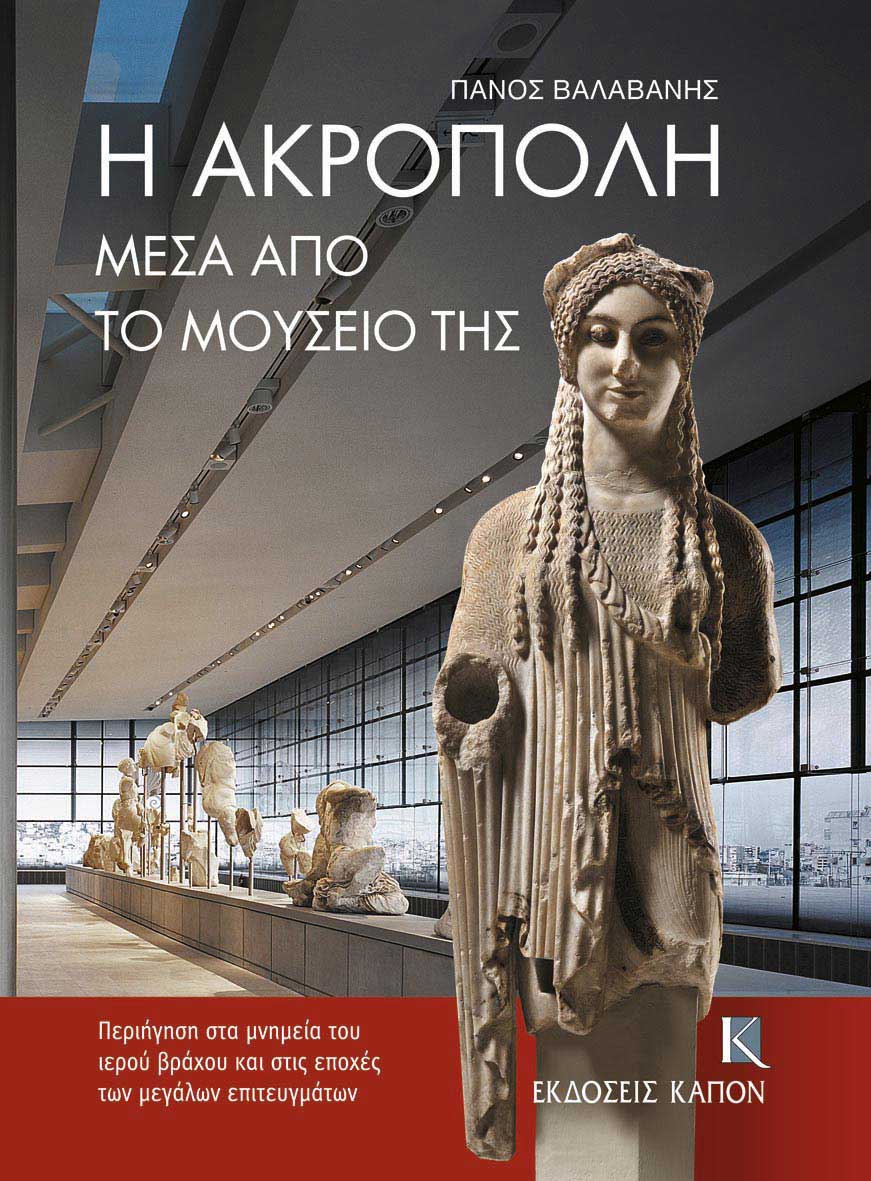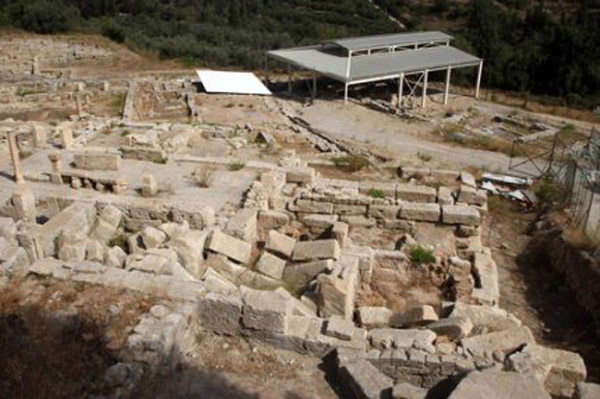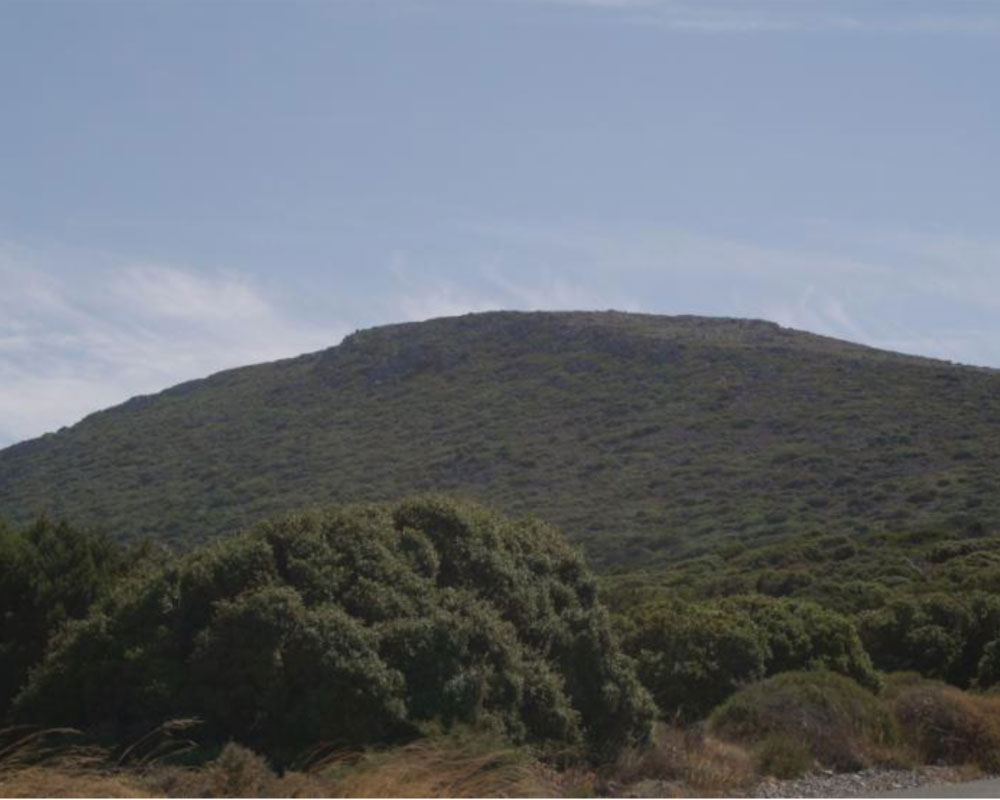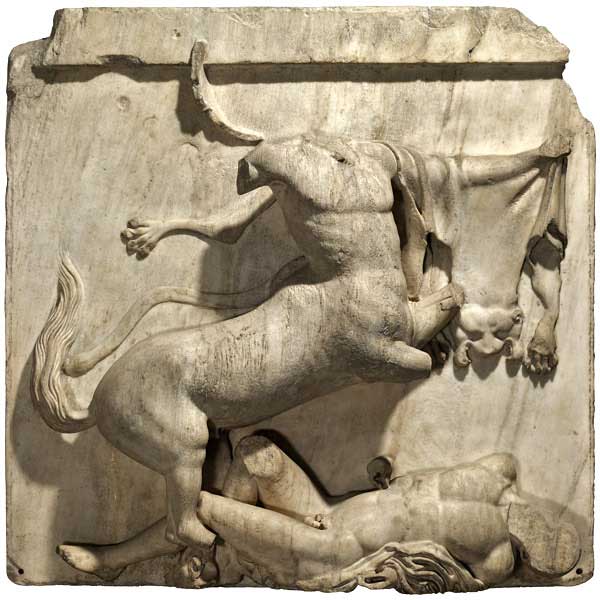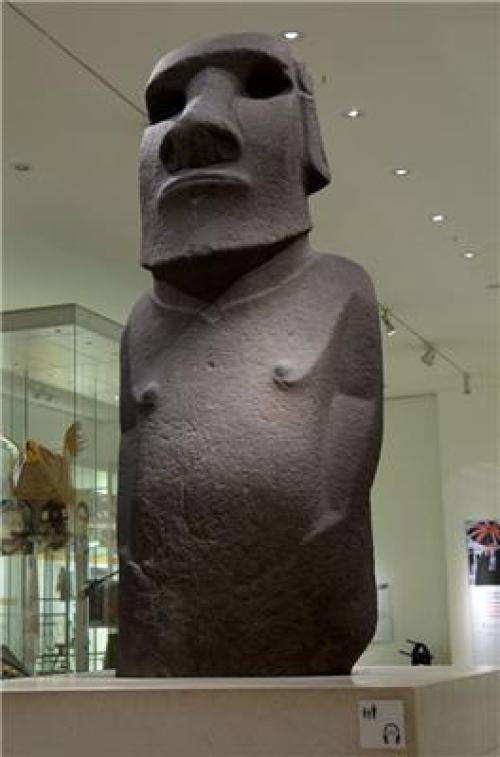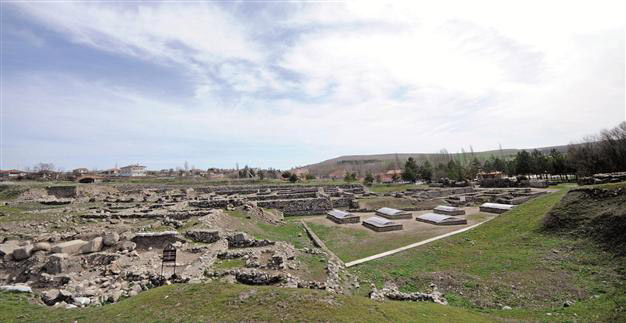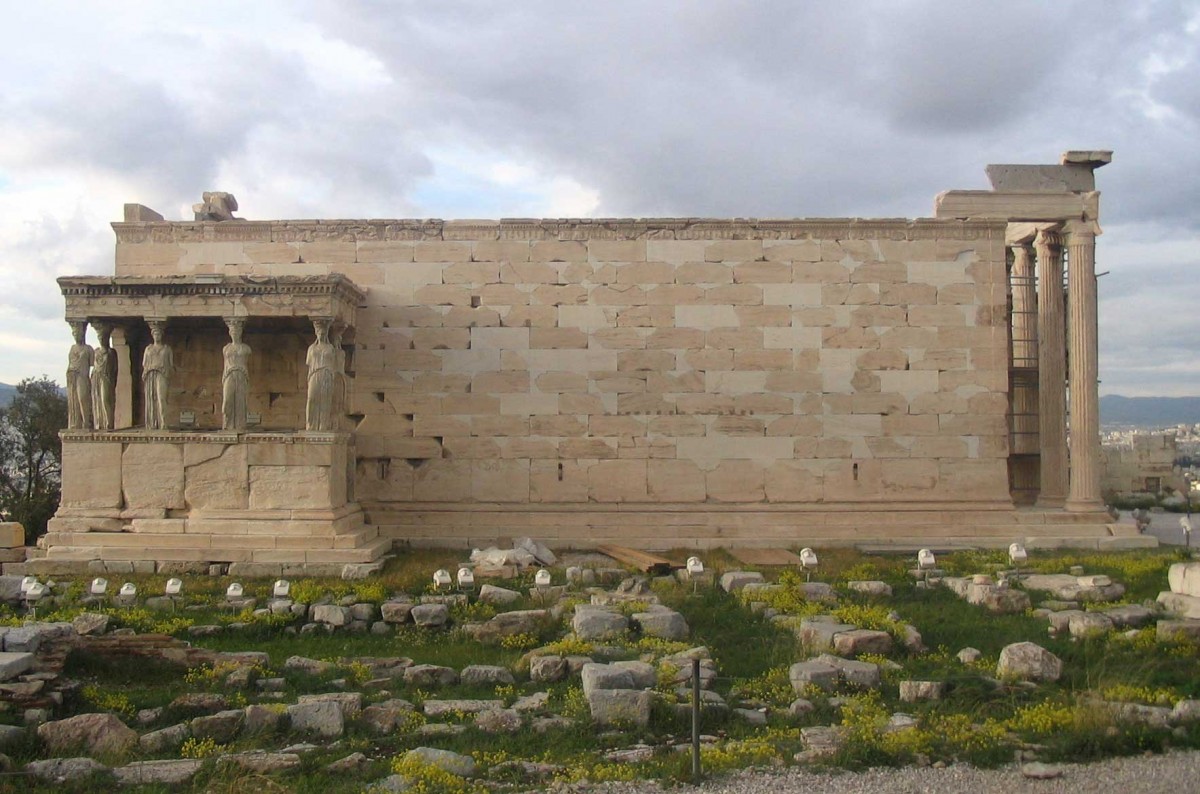Online virtual exhibition
On the occasion of the International Museum Day 2013 the Archaeological Museum of Thessaloniki organizes an action using facebook, titled "Converse, reminisce, create … change?."
Five Greek paintings at Sotheby’s
Five paintings of Konstantinos Volanakis, Nikos Hadjikyriakos-Ghika and Nikolaos Gyzis will be included in the auction of 19th century European paintings by Sotheby's.
Four day tour of Santorini
The Friends of the Australian Archaeological Institute at Athens are hosting an exciting four-day tour of Santorini led by Dr Stavros Paspalas from 31st May to 3rd June.
The mysteries of Gaul revealed
The site is yielding a stunning array of finds, including five Celtic warriors, whose weapons and adornments attest to membership of a powerful but long-lost elite.
Sleeping Eros
An exhibition examining the changing image of Eros from Antiquity to Renaissance is on show since January at the Metropolitan Museum of Art.
“Axion Esti” at the National Archaeological Museum
The National Archaeological Museum of Athens is preparing for the biggest musical event in its history.
Greek antiquities at the new Museum of Civilisations
40 Greek works of art mostly from Athenian museums will be exhibited in Marseille.
News from the Palace of Nestor
Though the gates of the Palace of Nestor are closed to the public, the 38th EPCA has taken an interesting initiative aiming to keep the visitor in touch with the Palace.
How can you be guided in a place of archaeological or historical interest
To whom may a visitor who wishes to be guided by a qualified expert in a place of archaeological or historical interest address to? How much does a guided tour cost? Are there any non-qualified/non-licensed tourist guides? What should be the visitor/consumer be aware of? Τhe Panhellenic Federation of Tourist Guides answers to these questions.
Journey from the Aegean to Gurob with a model galley
A monograph on a model ship with Mycenaean characteristics discovered in Egypt.
The double life of Ebla
Built in a strategic site thousands of years ago, Ebla in Syria is finding its military character once more, as, it is used by rebel Syrians as an observation post.
The Acropolis through its Museum
A museum guide that takes you back in time, by Prof. Panos Valavanis.
Green light for the Eleftherna dig
The masterplan of shaping the Museum's surroundings as well as securing the artefact's security and transportation has been given the "green light" by the members of the Central Archaeological Council.
“Our Sculptures Have Their Homeland”
An anthology of the children's drawings was published under the title “Our Sculptures Have their Homeland”.
Archaeologists Shine New Light On British Museum Moai
Hoa Hakananai'a survived a shift in religious beliefs in the Easter Island by being placed in a stone hut and covered in carved 'petroglyphs', or rock engravings, depicting motifs from the birdman cult.
Archaeologists uncover world’s oldest port
The port was discovered at Wadi el-Jarf, nearly 180 kilometers (110 miles) south the coastal city of Suez.
“Child with a Dove” rumoured to be heading to Qatar
Picasso’s Child with a Dove (1901) has been acquired by Qatar for £50m, Le Figaro reported.
“The World Heritage List is not a beauty contest”
“Cultural heritage is not just stones or natural beauties, but brings values and ideas of different cultures and civilisations, which is needed more than ever today”, Irina Bokova stressed.
A truly transformational gift for the Met
Estee Lauder heir and art collector Leonard A. Lauder donates $1bn worth of cubist art to New York’s Metropolitan Museum of Arts.
Hittite site to be turned into ‘tourist attraction’
Turkey’s well-known ancient site of Alacahöyük, which currently draws around 50,000 visitors a year, in the Central Anatolian province of Çorum, is set to be given new facilities reflecting traces of the Hittite civilization.
Eastern Mediterranean metallurgy in the Final Neolithic/Late Chalcolithic
Lecture by James D. Muhly given at the National Hellenic Research Foundation.
Plea for help to stop depriciation of Hellenic Culture
The Hellenic National Committee of ICOMOS asks ICOMOS President to intervene in order that the New Organization Plan of the General Secretariat of Culture is rejected.




